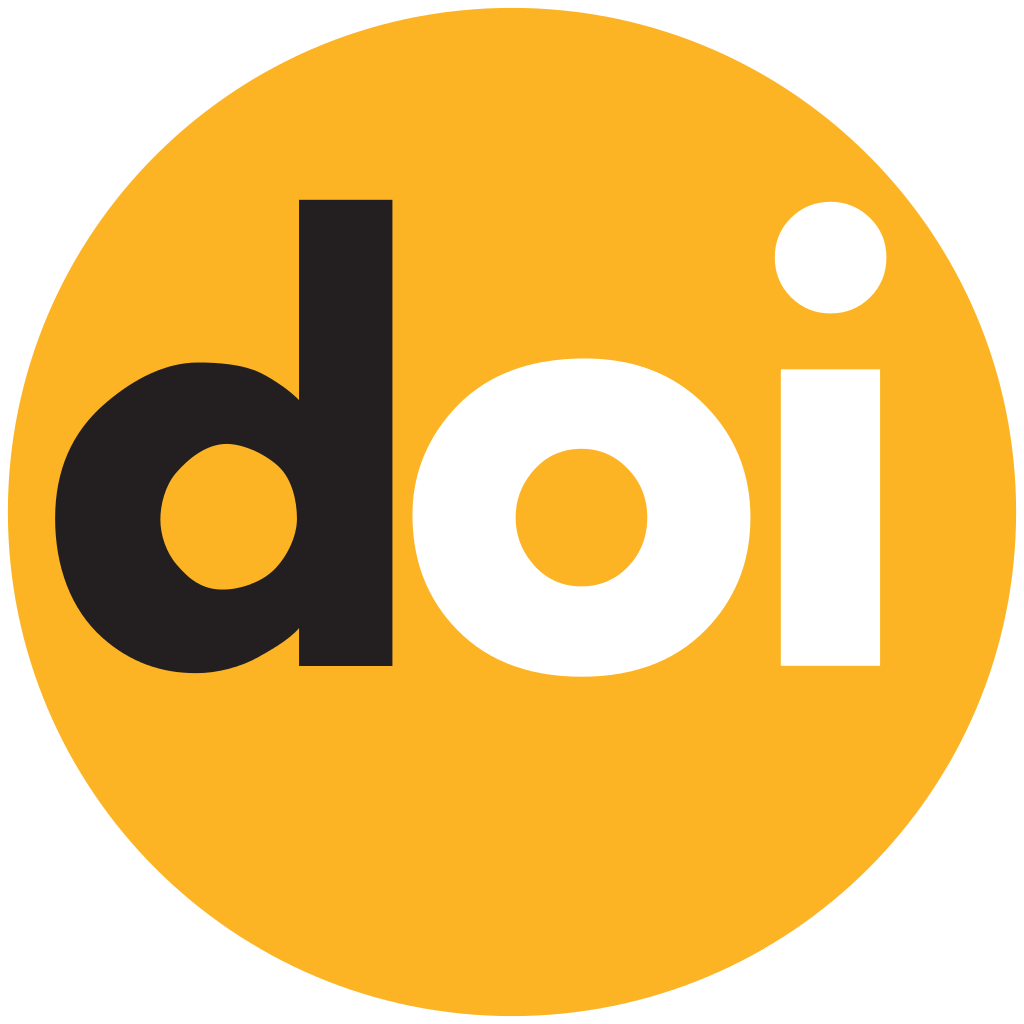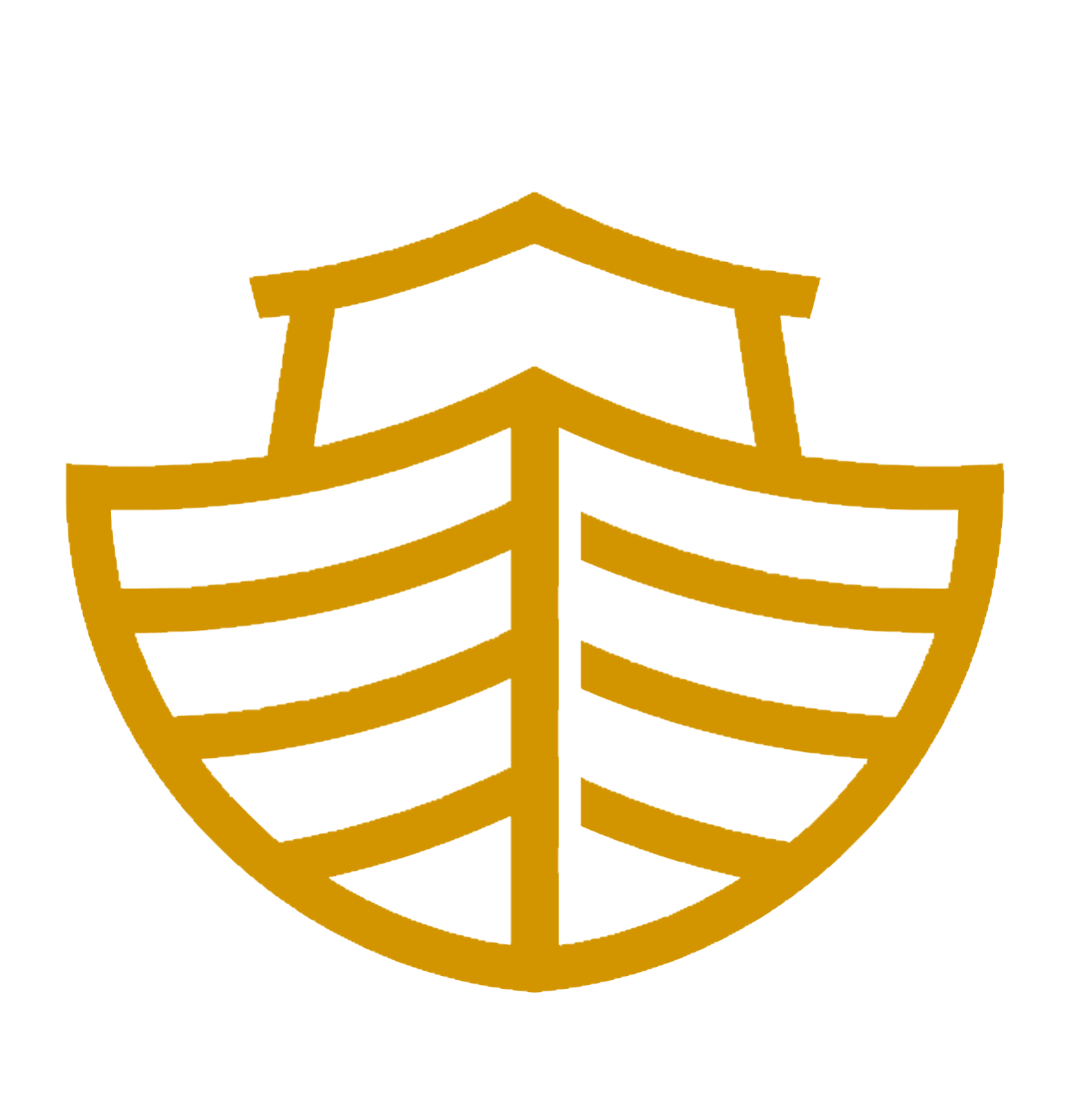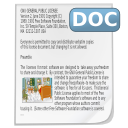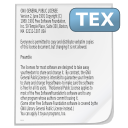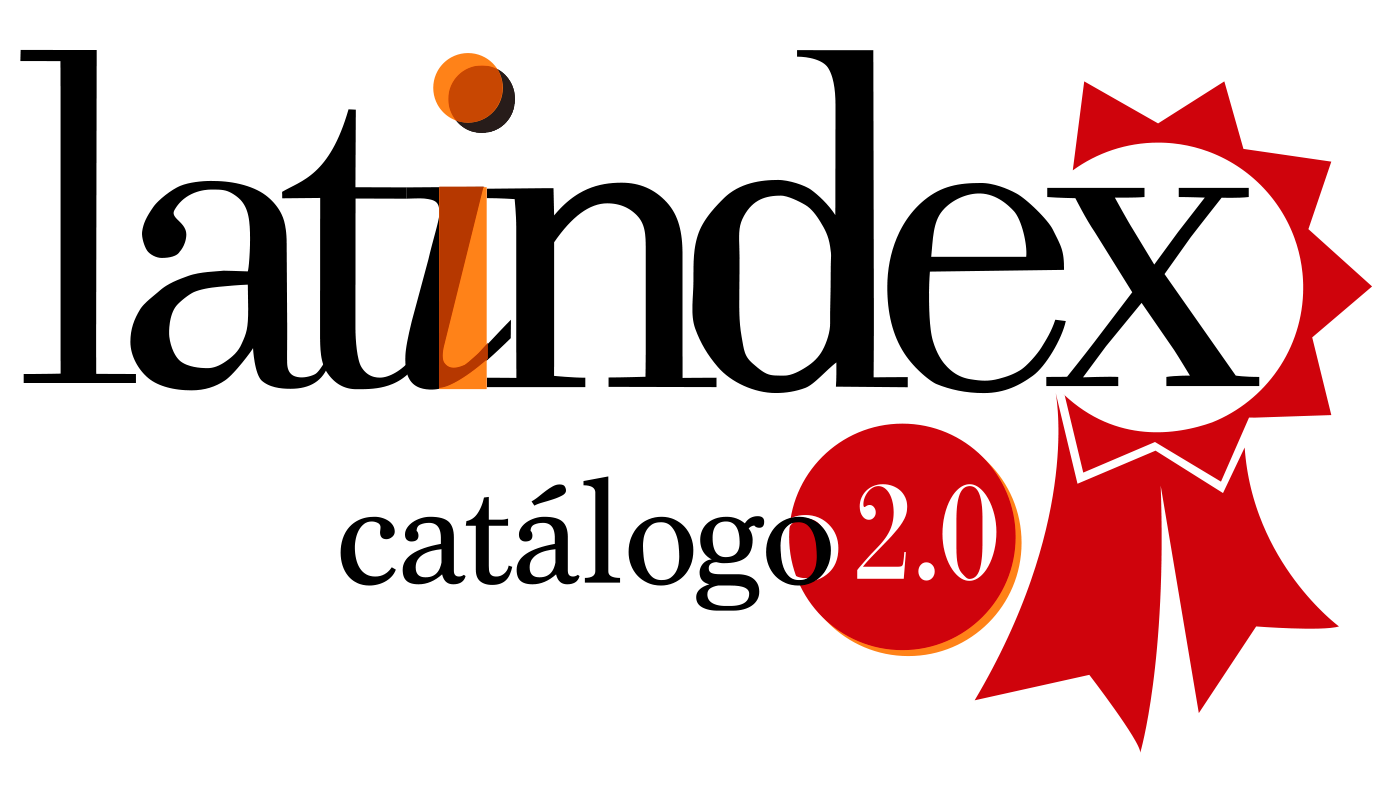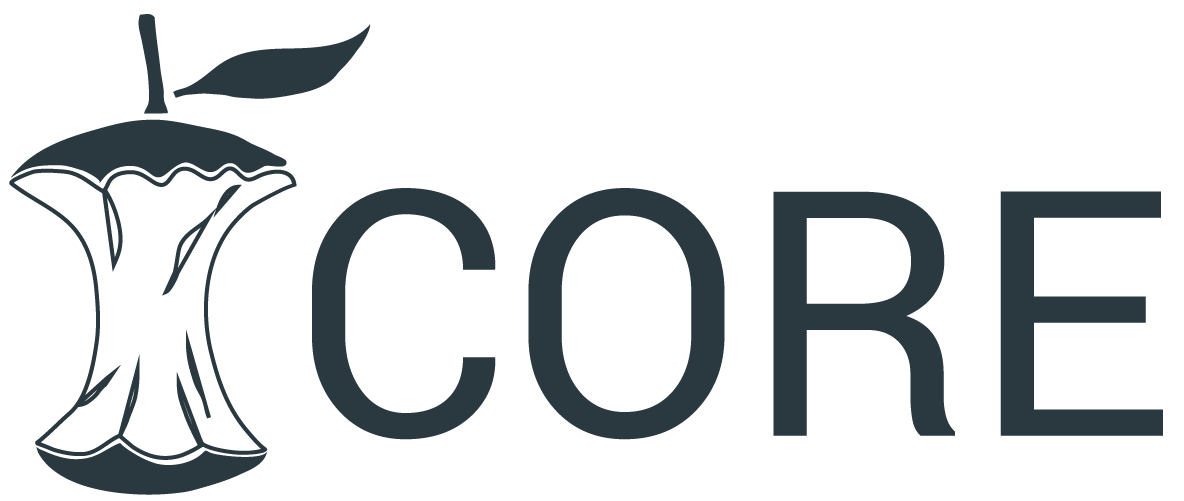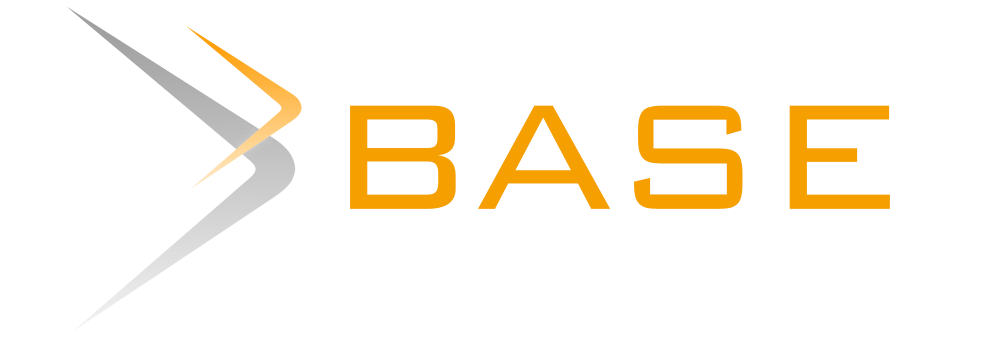Reimagining Art: The Influence of Artificial Intelligence on Digital Art Creation
Abstract
This article examines how artificial intelligence (AI) is transforming digital image creation through advanced tools such as text transformation generators and style transfer technology. These tools open the door to artistic creativity and allow non-technical people to create visually appealing works using simple descriptions. The research addresses key topics such as authorship, creativity and ethical issues, and shows how artificial intelligence can augment human creativity by acting as a collaborator rather than a substitute. The results show that commercialized, easy-to-use AI tools significantly reduce barriers to entry, despite concerns about style homogeneity and technology dependence. The bottom line is that AI has a transformative role in digital art, but it also poses ethical and aesthetic challenges that must be addressed to ensure the diversity and originality of artistic expression.
Downloads
References
UNIR, "La ética en la inteligencia artificial," [Online]. Available: https://www.unir.net/ingenieria/revista/ética-inteligencia-artificial/. [Accessed: Dec. 05, 2024].
UNESCO, "Ética de la inteligencia artificial," Building Peace through Education, Science and Culture, communication and information, [Online]. Available: https://www.unesco.org/es/artificial-intelligence/recommendation-ethics?hub=99488. [Accessed: Dec. 05, 2024].
A. Elgammal, B. Liu, M. Elhoseiny, and M. Mazzone, "CAN: Creative Adversarial Networks, Generating 'Art' by Learning About Styles and Deviating from Style Norms," arXiv preprint arXiv:1706.07068, 2017. [Online]. Available: https://arxiv.org/pdf/1706.07068. [Accessed: Dec. 05, 2024].
J. McCormack, P. Hutchings, and P. Hutchings, "Autonomy, Authenticity, Authorship, and Intention in Computer Generated Art," in Proceedings of the International Conference on Computational Creativity (ICCC), 2019, pp. 349-356. [Online]. Available: https://arxiv.org/pdf/1903.02166. [Accessed: Dec. 05, 2024].
Obvious, "Obvious and the interface between art and artificial intelligence," Christie's, Dec. 2018. [Online]. Available: https://www.christies.com/features/A-collaboration-between-twoartists-one-human-one-a-machine-9332-1.aspx. [Accessed: Dec. 05, 2024].
G. Vallenas Rojas, "La inteligencia artificial en el arte digital," Ensayo General, Feb. 18, 2023. [Online]. Available: https://ensayo-general.com/la-inteligencia-artificial-en-el-arte-digital/. [Accessed: Dec. 05, 2024].
OpenAI. “ChatGPT.” ChatGPT.com. Accessed: Dec. 10, 2024. [Online.] Available: https://chatgpt.com/
MidJourney. “Imagine Tool.” MidJourney.com. Accessed: Dec. 10, 2024. [Online.] Available:
https://www.midjourney.com/imagine
Stable AI. “Text-to-Image Creation.” StableAI.art. Accessed: Dec. 10, 2024. [Online.] Available:
https://stableai.art/create?tab=text-to-image
Artbreeder. “Create Poser.” Artbreeder.com. Accessed: Dec. 10, 2024. [Online.] Available:
Copyright (c) 2025 Innovation and Software

This work is licensed under a Creative Commons Attribution 4.0 International License.
The authors exclusively grant the right to publish their article to the Innovation and Software Journal, which may formally edit or modify the approved text to comply with their own editorial standards and with universal grammatical standards, prior to publication; Likewise, our journal may translate the approved manuscripts into as many languages as it deems necessary and disseminates them in several countries, always giving public recognition to the author or authors of the research.

